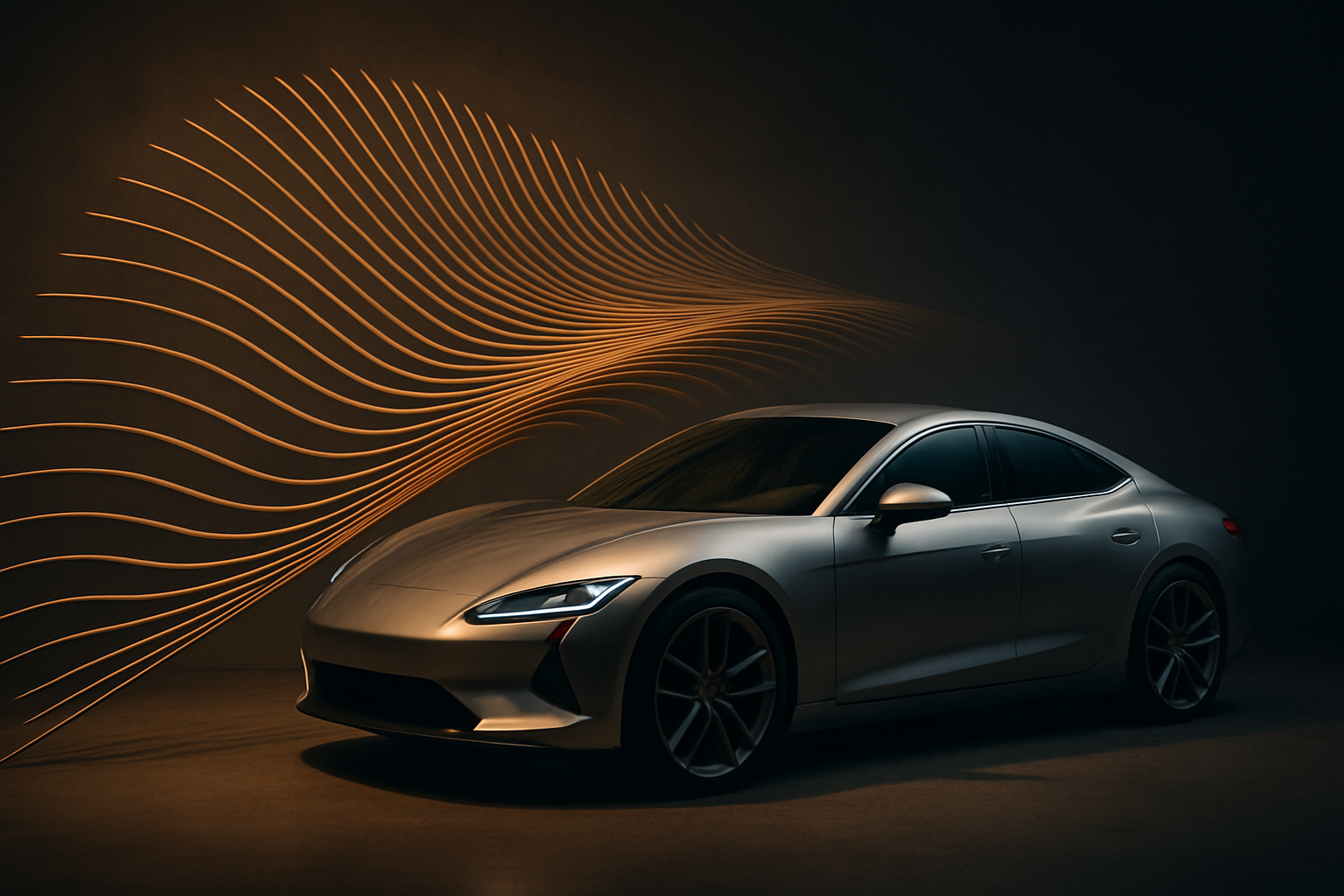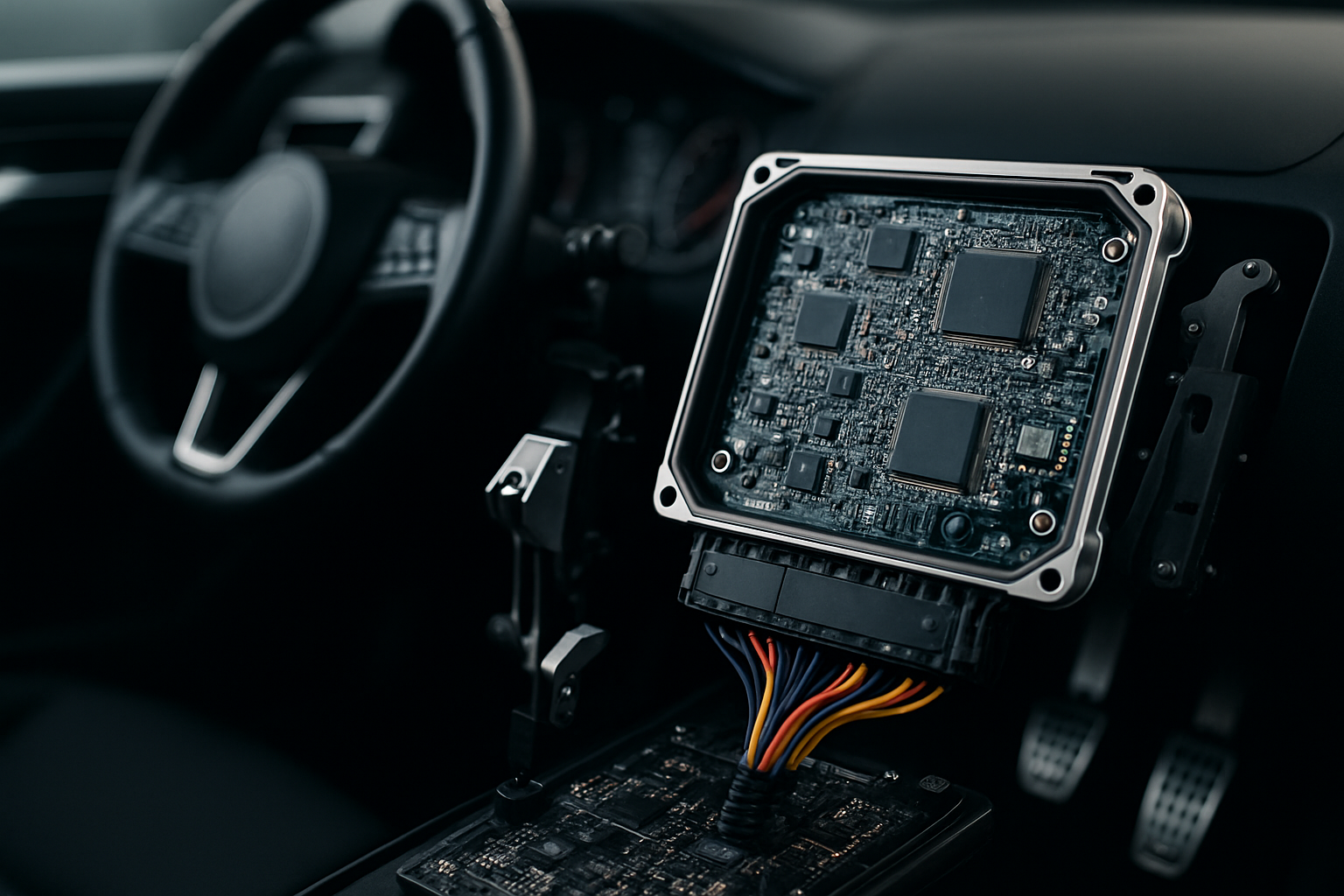"Reimagining Car Design: The Art and Science of Kinetic Sculpture"
Kinetic sculpture has long been associated with art installations and wind chimes, but what if we told you it's also crucial to modern car design? This article dives into the fascinating world of kinetic sculpture in automotive design, exploring its history, current trends, and how it shapes the cars we drive today.

The Birth of Kinetic Sculpture in Auto Design
The concept of kinetic sculpture in automotive design is not new. It all started in the 1930s with streamlining, a design philosophy that aimed to reduce drag and enhance vehicle performance. Like kinetic sculptures that move with the wind, designers began to shape cars to glide effortlessly through the air. This marked the beginning of a new creative era in automotive design, transforming cars from mere modes of transportation into moving works of art.
The Intersection of Art and Function
The influence of kinetic sculpture in car design isn’t just about aesthetics; it’s also about functionality. Cars, like kinetic sculptures, are objects in motion, and their design must reflect this. The car’s lines, curves, and overall form must not only be visually appealing but also contribute to the vehicle’s aerodynamics, fuel efficiency, and performance. This intersection of art and function is what makes kinetic sculpture an essential aspect of modern car design.
Trends and Developments
In recent years, the influence of kinetic sculpture in car design has become more pronounced. Designers are increasingly using sophisticated computer modeling and wind tunnel testing to shape cars that are not only beautiful but also aerodynamically efficient. The results are visually stunning cars that look like they’re moving even when they’re standing still.
Impact and Challenges
The adoption of kinetic sculpture in car design has its benefits and challenges. On the positive side, it has pushed the boundaries of car design, leading to more aesthetically pleasing and efficient vehicles. However, it also presents challenges. Designers must balance the need for aerodynamic efficiency with other factors such as safety, cost, and manufacturing constraints. Despite these challenges, kinetic sculpture remains a powerful tool in the hands of innovative car designers.
Final Thoughts
Kinetic sculpture in automotive design is more than just a design trend; it’s a philosophy that blends art and science to create cars that are as beautiful as they are functional. As we move forward, this approach will continue to shape the automotive industry, pushing the boundaries of what is possible in car design. It’s an exciting time to be a car enthusiast, and we can’t wait to see what the future holds.





